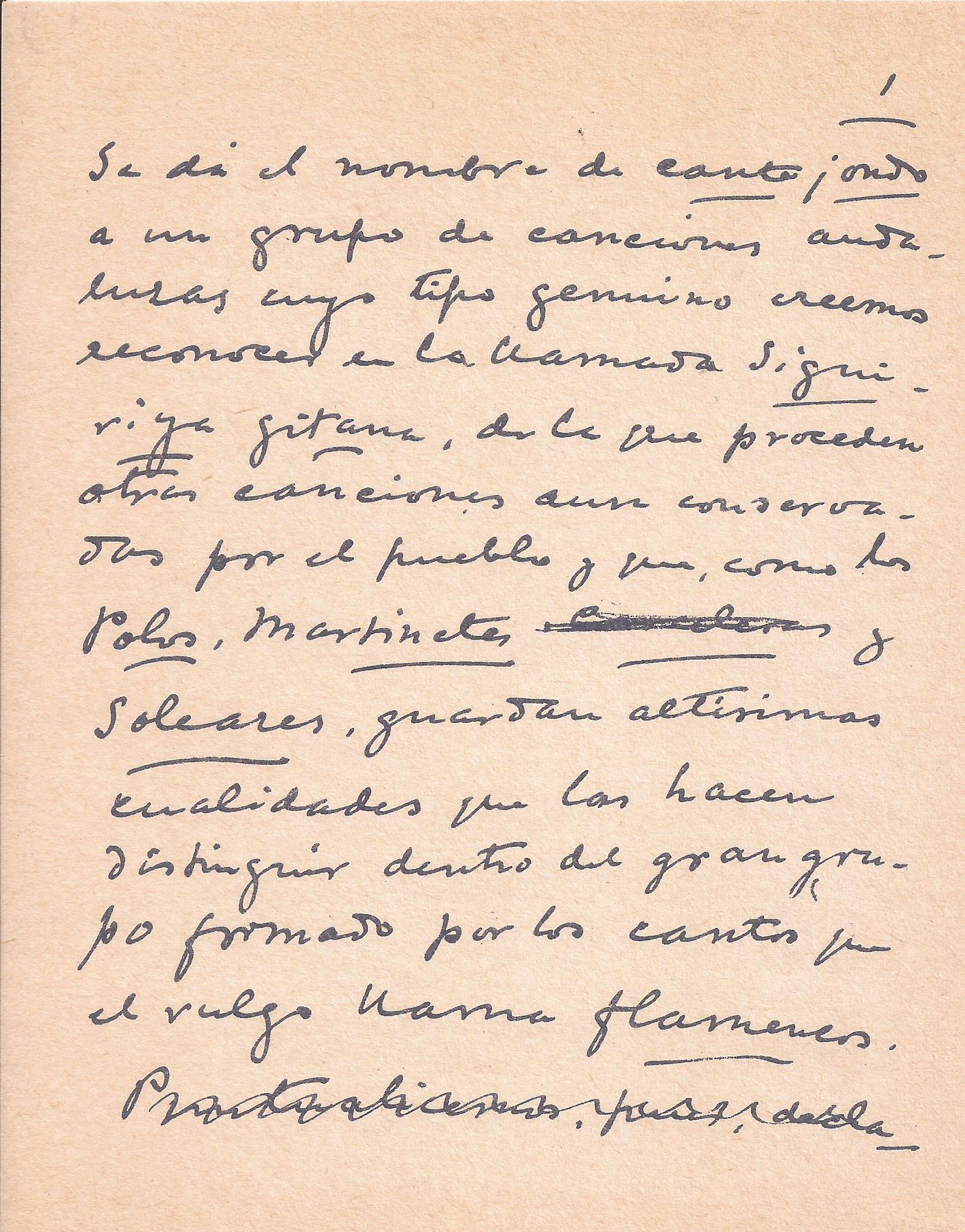In order to prevent the Flamenco Song Contest from being reduced to a localist attempt, Manuel de Falla decided to convince and mobilize his friends, most of them creators living in other provinces or abroad. Musicians such as Falla himself, Enrique Fernández Arbós, Conrado del Campo, Joaquín Turina, Óscar Esplá and the musicologist Adolfo Salazar, and artists and intellectuals of the stature of Fernando Vela, Juan Ramón Jiménez, Alfonso Reyes or Ramón Pérez de Ayala signed the petition for help to the City Council. There is no request in the administrative history of the Granada City Council more artistically accredited than this one.
However, the first person Falla turned to was the Basque painter Ignacio Zuloaga, with whom he maintained a fruitful friendship and whom he considered the appropriate person to design the plastic arts complement necessary to enhance the contest. “Would you be so kind as to send me […] your support for the purposes of this request? […] Would you have any inconvenience in coming for that time … and take charge of everything related to the decoration of the place …, allowing us to use your name?” asked Falla, who even suggested using antique mirrors for the stage design, crystal chandeliers, church lamps and shawls from the Alpujarras.

In order to be up to the task, Zuloaga sent a telegram in Spanish with a touch of caló (gypsy language): “Always a fine enthusiast of deep song and music, chanelo and endiquelo that is sufficient […]. I will give a prize of one thousand pesetas to the best gypsy seguiriya that is sung”. The answer, attributed to Federico García Lorca, but signed by all the cooperators of the contest (Falla, Vílchez, Fernando Giner de los Ríos, Jofré…) followed the joke: “Maestro: your epic telegram, full of jocundity, has cheered the most intimate part of our faint-hearted garlochin”.
Zuloaga’s good disposition was sincere, so much so that he himself proposed to exhibit “12 or 15 paintings” coinciding with the contest and the Corpus Christi festivities with the “sole purpose of proving his companionship to the artists of Granada”.